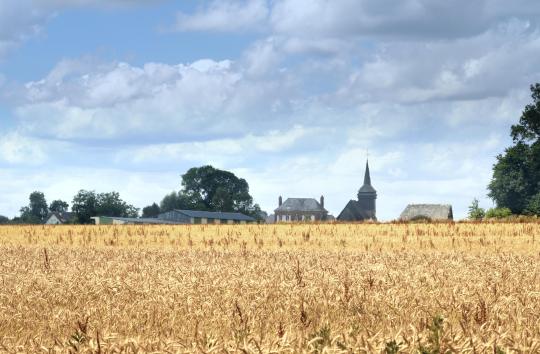#Caux
Text
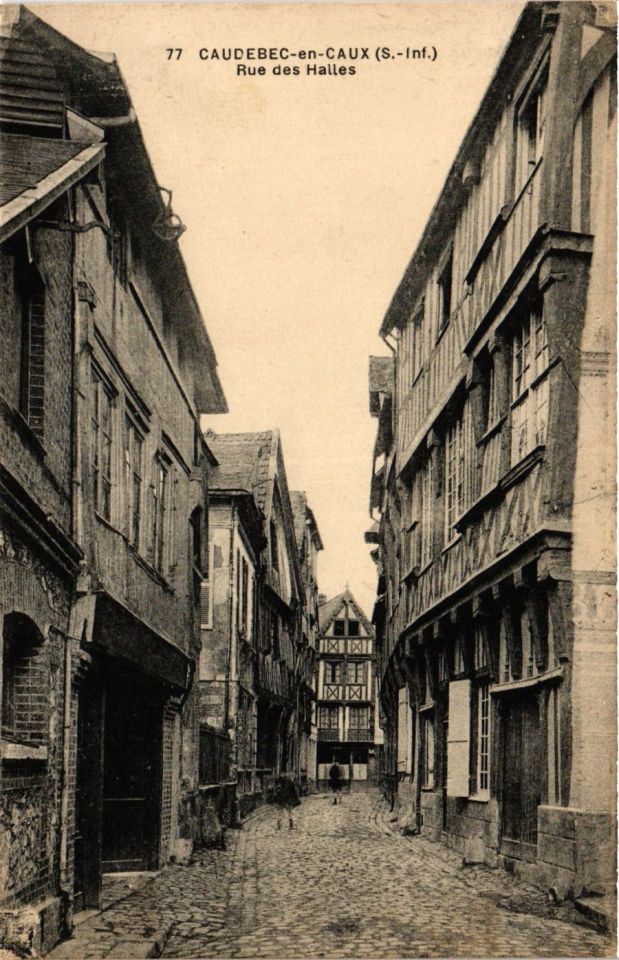
Street scene in Caudebec-en-Caux, Normandy region of France
French vintage postcard
#vintage#photography#postkarte#caux#french#carte postale#postal#region#briefkaart#scene#france#postcard#en#old#street#normandy#photo#ansichtskarte#sepia#caudebec#postkaart#ephemera#tarjeta#historic
11 notes
·
View notes
Text
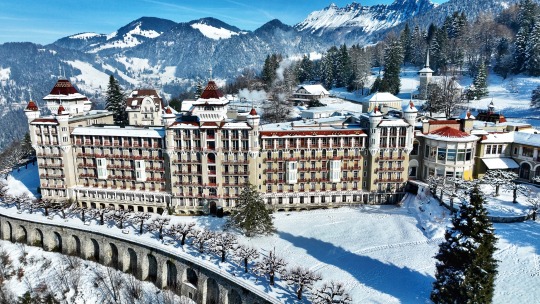
Overlooking Lake Geneva, above the city of Montreux in Switzerland, our conference centre, the Caux Palace and the Villa Maria offer an inspiring and extraordinary setting for your meetings, events, workshops and retreats.
Immerse yourself in the breathtaking scenery and the rich history of the place. Retreat from the bustling routine, take time to gain some perspective and find a safe space that allows for creative sharing and exchanges.
1 note
·
View note
Text

Caux
Above Territet-Montreux
~ Anton Reckziegel (Czech 1865-1936)
0 notes
Text

Goderville, résidence la Chenaie.
33 notes
·
View notes
Text

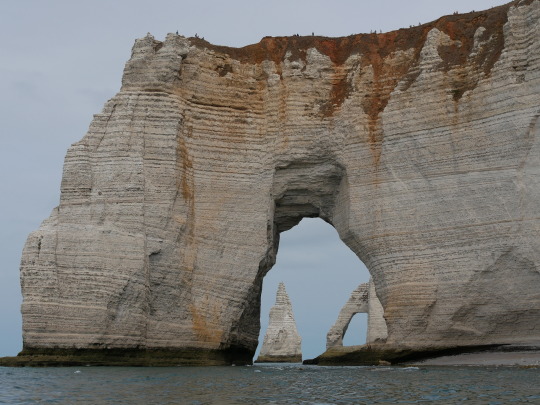
Falaises de Normandie (cliffs of Normandy, France)
Passion falaises (Blaise)
#cliffs#normandy#france#etretat#normandie#sea#seascape#falaise#manche#pays de caux#landscape#sailing#sailing day#sailing boat#navigation a la voile#from the sea
366 notes
·
View notes
Text

Victor Hugo, Encre et dentelle La jolie Cauchoise
2 notes
·
View notes
Text
"Conscience.Love. Peace." KEYNOTE MESSAGES.
International Day of Conscience 2024 Programme.
10:00 - 10:30 WELCOME & KEYNOTE MESSAGES
Lidiya Grigoreva, Cheffe de Cabinet, Office of the Director-General of the United Nations in Geneva (UNOG)
Hasan Moosa Shafaei, Chargé d'Affaires of the Permanent Mission of the Kingdom of Bahrain to the UN & other International Organisations in Geneva / Vienna
Alfonso Gomez, Mayor of Geneva
Gerald Pillay, President Initiatives of Change InternationalFollowed by: The Caux Palace - a centre for dialogue and peacebuilding to practice the Inner Development Goals by Ignacio Packer, Executive Director of Caux Initiatives of Change
The speakers will address the 3 themes of the International Day of Conscience: CONSCIENCE, LOVE, PEACE.

#conscience#international day of conscience#5 april#Takecareofoneself#takecareofother#takecareoftheplanet#paneldiscussion#Dayofconscience#keynote speaker#unog#un geneva#change international#workshops#panel discussion#co#conversations#Caux Initiatives of Change
0 notes
Text
Dans la vallée de la Sâane
C’est une petite promenade d’environ deux heures que j’ai faite seule, le mercredi 9 avril 2014. La saison était idéale : c’est le moment où la nature renaît. Les verts sont superbes, mis en valeur par la lumière printanière.Les chemins sont moins boueux qu’en plein hiver (bien que quelques passages le long de la rivière nécessitent d’être bien équipé), les journées assez longues et les températures idéales pour profiter de la promenade sans pour autant avoir trop chaud.

Dans la vallée de la Sâane - Église Saint-Gilles d'Eurville (XVIe siècle)
Le point de départ se fait du village d’Eurville (qui fait partie de la commune du Val-de-Sâane). C’est d’ailleurs ici que j’ai rencontré la seule difficulté du parcours : en effet, le chemin annoncé avait été entièrement retourné avec le champ qu’il bordait… J’ai donc perdu un peu de temps à le chercher avant de finalement passer par le village lui-même en contournant la petite église Saint-Gilles (cela ne change pas grand-chose au final au temps du parcours).

Au fil du parcours
On part par la route qui quitte le village, s’enfonçant vers la vallée. On la quitte pour rejoindre la rivière qu’on va suivre une partie de la promenade. Au bout de quelques minutes de marche, on découvre le château d’Imbleville et ses jardins.

Le château d'Imbleville et ses jardins (XVe-XIXe siècle)
Focus patrimoine :
Les jardins de ce château privé, surnommé à juste titre, la perle de la Sâane, se visitent de la mi-juin au dernier dimanche d’août ainsi qu’à l’occasion des journées du patrimoine. Mais à défaut de pouvoir le voir de plus près en ce mois d’avril, on profite des différentes vues que le parcours de la promenade nous offre.
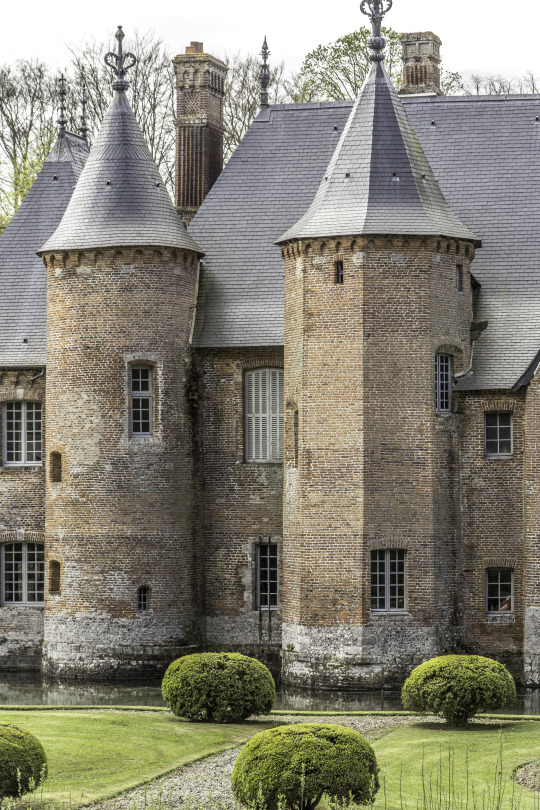
Le château d'Imbleville (XVe-XIXe siècle)
Fondé en 1491 par Zanon de Dampierre, certainement dans un but défensif (le seul accès à la cour intérieur se faisait alors par le pont-levis au nord), l’édifice est typique de la région. Sur son assise de grès et de silex, il est entièrement élevé en briques et présente une belle architecture dont l’aspect actuel date de 1872. Ses jardins à la française bordés par la Sâane ne sont pas moins dénués de charmes et c’est avec plaisir qu’on les longe quelques minutes.

Paysage cauchois
Plus loin, ce sont des prés où paissent des moutons qui nous attendent, devant des bâtiments ruraux entièrement en briques. Un élevage typique du Pays de Caux ! En effet, ici, les bovins n’ont pas une présence aussi ancienne que les ovins. Ceux-ci font partie intégrante de l’écosystème cauchois.
Le chemin bifurque ensuite sur la gauche pour quitter la vallée de la Sâane. Nous remontons vers le village par une allée bordée de hêtres majestueux. Quelques détours de plus finissent de nous faire découvrir la campagne environnante avant de nous ramener vers notre véhicule.
Le parcours ne présente pas de difficultés particulières et peut se faire en famille. Je travaillais à temps partiel à cette époque et j’avais pu faire la promenade en semaine hors vacances scolaires. Je n’ai aucune idée de l’affluence qu’il peut y avoir en week-end ou lors des vacances mais nous sommes vraiment en plein milieu de la campagne cauchoise donc plutôt au calme. Vous trouverez le détail du parcours dans le livre Les sentiers d’Émilie en Seine-Maritime (pour ma part, je l’avais emprunté en bibliothèque).
La galerie complète est en ligne sur FlickR
Cet article avait été écrit originellement pour mon précédent blog (supprimé) en 2014, au cours de mon projet 365 jours en Seine-Maritime.
0 notes
Text

Télescopage et vieux travers...
35 notes
·
View notes
Text

Beach scene in Saint-Valéry-en-Caux, Normandy region of France
French vintage postcard
#region#carte postale#postkarte#beach#historic#postcard#sepia#ansichtskarte#postkaart#tarjeta#france#saint#briefkaart#scene#ephemera#photography#saint-valéry-en-caux#normandy#caux#vintage#french#postal#photo#valry
2 notes
·
View notes
Text
Falaises
Chemin de Bas Fort-Blanc, 1885, Elodie La Villette
Toujours au musée de Fécamp, la ville au cœur de la côte d’Albâtre, entre Le Havre et Dieppe, au nord du Pays de Caux, appelée ainsi du fait de ses falaises blanches, quelques tableaux de falaises justement. Une suite à la série sur les peintres et la Normandie.
Elodie La Villette représente ici les falaises à Dieppe à marée basse, avec les…

View On WordPress
#Abbé Narcisse Denis#brai (calfatage)#Côte d&039;Albâtre#Dieppe#Elodie La Villette#Emile-Louis Vernier#Etretat#Eugène Le Poittevin#Fécamp#Hôtel Blanquet (Etretat)#Henry Bacon#Jean Mazzella#Jules Diéterle#Jules Noël#Le Havre#Michel Bouquet#Paul Morchain#Paul-Félix Vallois#Pays de Caux#Yport
0 notes
Text
Caudebec en Caux
Caudebec – the town hall and the rather industrial Seine museum
This little village was as far down the Seine as the Joie de Vivre would travel. From here, we could choose to take a bus ride through the Normandy countryside for a guided walking tour of the pretty village of Honfleur, which is on the opposite bank of the Seine from Le Havre, or opt to play a round of golf on the cliffs at…

View On WordPress
0 notes
Text

Robert DEMACHY
Caudebec-en-Caux
1895
125 notes
·
View notes
Text

Falaises de Normandie (cliffs of Normandy, France)
Passion falaise (Blaise)
#cliffs#normandy#france#french coast#falaises#cote normande#hiking#sea#seascape#north coast#normandie#pays de caux#rocks
153 notes
·
View notes
Text
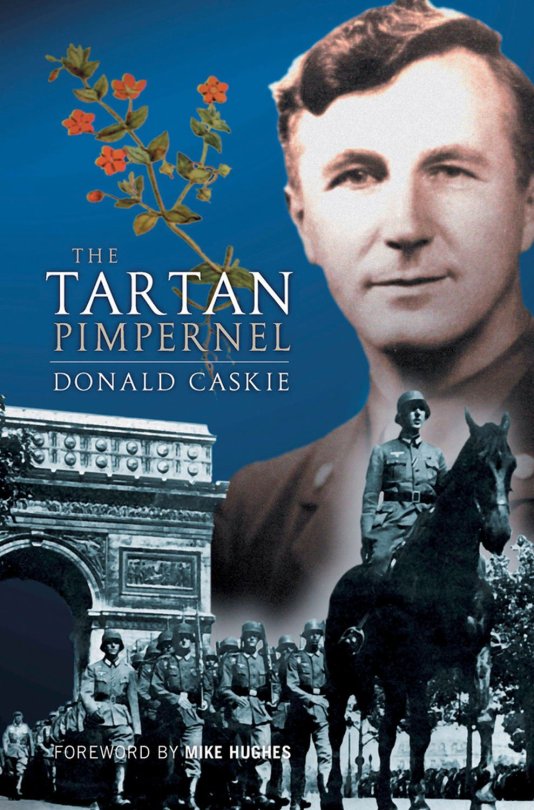
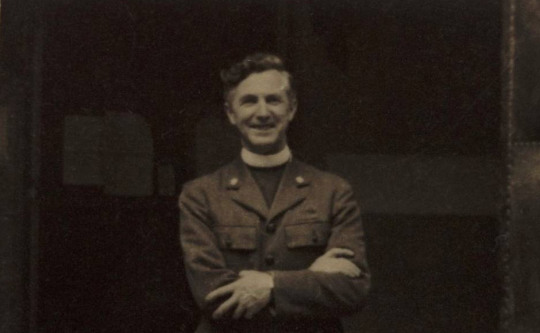

Donald Currie Caskie was born on May 22nd 1902 at Bowmore, Islay, his exploits during WWII earned him the nickname "The Tartan Pimpernel"
Dr Caskie was the minister at the Scots Kirk in Paris when the Germans invaded France in 1940 and frequently denounced the Nazis from the pulpit which meant he had more to fear than many after the invasion.
He was repeatedly urged to return home and after the Dunkirk evacuation he locked the church on the 9th of June of that year and joined the mass exodus of Paris, heading south.
The crofter's son from the inner Hebridean island of Islay, said to have had the Celtic gift of second sight, endured weeks of hardship to get to Bayonne but in the end rejected the chance of safe passage on the last ship bound for England on the grounds that his place should be given to a wounded man instead.
He walked to a village called Cambo les Bains where he met friends from Paris purely by chance and they all drove to the port city of Marseille - leaving just hours before the Germans arrived.
Dr Caskie believed that God had commanded him to stay in France and help stranded British subjects and he was warned that he must only engage with civilians and would be arrested if he assisted servicemen.
He ran a Seaman's Mission but was living a double life and secretly helped airmen, seamen and soldiers, under the noses of the Vichy Police, escape the country across mountains into Spain or by sea in a submarine or ship.
Dr Caskie, a Gaelic speaker whose codename was Monsieur Le Canard – Donald Duck – was eventually recruited by British Intelligence officers and was told that his mission was the last link of a chain of safe houses that they had set up, which stretched from Dunkirk to Marseille.
One of the soldiers Dr Caskie helped was Captain Derek Lang who was captured at St Valery-en-Caux in Normandy along with 10,000 soldiers from the 51st Highland Division, mostly Scots, 81 years ago this weekend.
He managed to escape the Germans and fled to Marseille where he recalled meeting a "courageous and fearless" Church of Scotland minister.
"Evil in war produces heroes and Donald Caskie is one of these," wrote the army officer in the forward to the Tartan Pimpernel – a book he said moved him to tears.
Caskie spoke Gaelic to confuse German spies and inquisitors, but was betrayed by an English double agent. He evaded the firing squad and then restarted his activities in Grenoble. There he again repeatedly escaped the clutches of the Nazis until he was sentenced to death - when the intervention of a German pastor had his sentence commuted and he saw out the war in a PoW camp. His awards were: OBE, MA and O.C.F.(an honour bestowed by the French government). The OBE was awarded by the king for services to his country.
The medal, along with other personal artefactcs, is on display in the church. at Bonore. His autobiography, The Tartan Pimpernel was published in 1951.
19 notes
·
View notes
